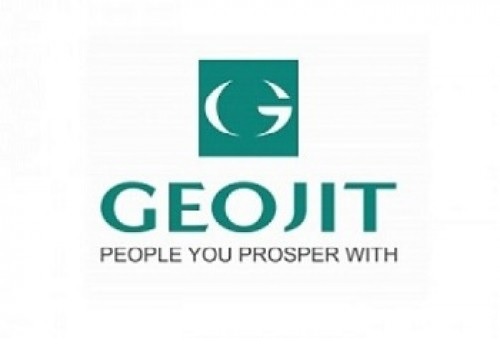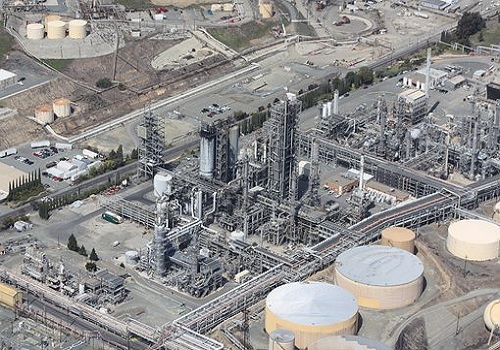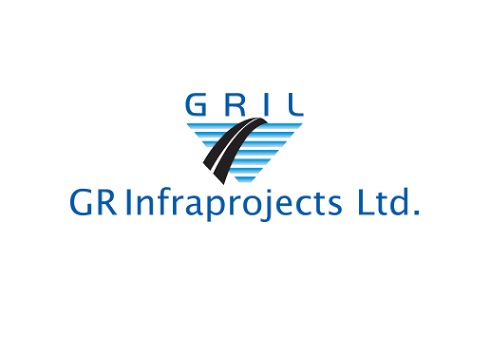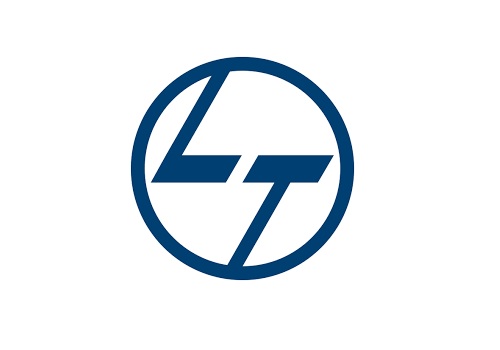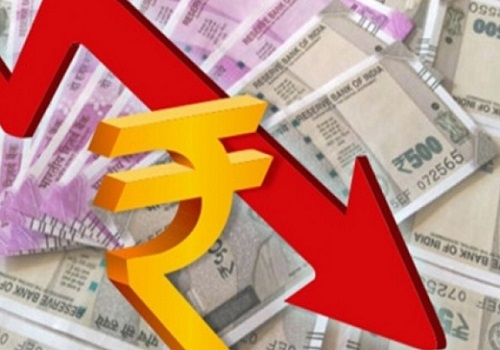India Strategy – Q2FY22 earnings beat expectations early Q3 trends rule out stagflation By ICICI Securities
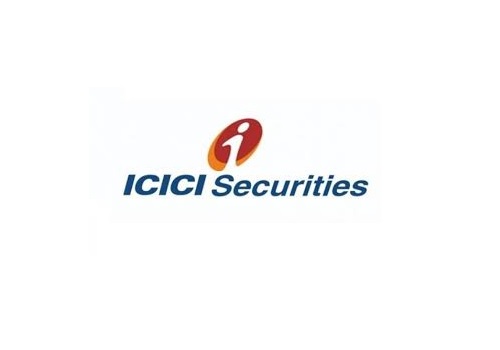
Follow us Now on Telegram ! Get daily 10 - 12 important updates on Business, Finance and Investment. Join our Telegram Channel
https://t.me/InvestmentGuruIndiacom
Download Telegram App before Joining the Channel
Evidence of pricing power and normalizing demand mitigates input cost inflation for manufacturers.Despite cost pressures across sectors, earnings beat was significant within the NSE200 universe (86 beats vs 48 misses) due to better-thanexpected demand in terms of topline growth and signs of pricing power across sectors such as cement, steel, paints, building material, FMCG and auto which continue into Q3FY22. Apart from company level signals, macro level indicator of manufacturer’s pricing power is reflecting in the WPI as well (11.6% in FY22 so far). Better than expected quality of assets for banks as well as relatively robust topline growth for key financial services players boosted earnings beat within financials. Early high frequency indicators for Q3FY22 are strong and indicate sustainability in demand (Oct’21 manufacturing and services PMI strong at 55.9 and 58.4, respectively, GST collections at Rs1.3trn, merchandise exports growth of 42.3% YoY and imports growth of 62.5% YoY). Rolling forward earnings to Dec quarter, our one year ahead (Dec’22) target for the NIFTY50 index rises to 19,300.
While valuations are relatively high compared to historical levels, they have scaled back to below 22x on rising earnings base and correction in stock prices. We don’t expect the NIFTY50 index P/E multiple to dip below 20x (or earnings yield to rise higher than 5%) as cyclical earnings recovery takes PAT to GDP ratio beyond 4% in FY22 while global bond yields continue to be low (average bond yield for US and India is below 4%).
Top picks – Our preference is towards cyclicals where demand environment is improving and valuations are reasonable (incidentally, some have earnings yield higher than bond yield) along with select growth stocks.
SBI#, HDFC Bank, HDFC, SBI Life Insurance, L&T, NHPC#, NTPC#, ONGC#, Hindalco#, Ultratech, Phoenix Mills, Tata Motors#, TVS Motors, Tata Communications, Dr Reddy’s Laboratories, Infosys and Info Edge.
* Demand normalising despite cost pressure across sectors: Demand trend in terms of revenue growth within the NSE200 universe for non-financial companies improved at 32% driven by cyclicals (metals, oil & gas, discretionary consumption, logistics, paints, chemicals etc). EBITDA growth was lower at 27% as impact of commodity price inflation on margins was visible across industries while IT services’ margins were impacted by wage inflation. PAT growth was strong at 51%
* Stagflation (key risk for equities) ruled out going by high frequency trends in Oct’21. Fear of inflation rose again over the past weeks as both US (6.2% YoY) and China (1.5%) CPI inflation for Oct’21 came above expectations. While the jury is still out whether the surge in inflation is transitory or structural, our back test indicates ‘stagflation’ is the worst case scenario for equities with both the numerator (earnings due to slack demand and cost pressures) and the denominator (discount rate) in the equity valuation model getting impacted adversely. Such a scenario of stagflation was last seen just before and around the taper tantrum environment during 2012-13 which resulted in the NIFTY50 index PE multiple compressing significantly to around 13x which was the lowest in the past decade.
* Inflation rising on normalizing demand exacerbated by supply constraints could turn out to be transitory as ‘economic slack’ persists going by capacity utilisation: The current bout of inflationary environment is a result of faster than expected demand recovery, supply constraints and signs of pricing power for manufacturers (WPI for India and PPI for China in double digits). The above environment is not negative for equities as it will attract private sector investments as realisations improve. Also, demand pull will improve capacity utilisation as supply bottlenecks reduce leading to operating leverage. Bond yields are reflecting the transient nature of inflation with US and India bond yields relatively stable at 1.6% and 6.3%, respectively.
To Read Complete Report & Disclaimer Click Here
For More ICICI Securities Disclaimer https://www.icicisecurities.com/AboutUs.aspx?About=7
Above views are of the author and not of the website kindly read disclaimer

